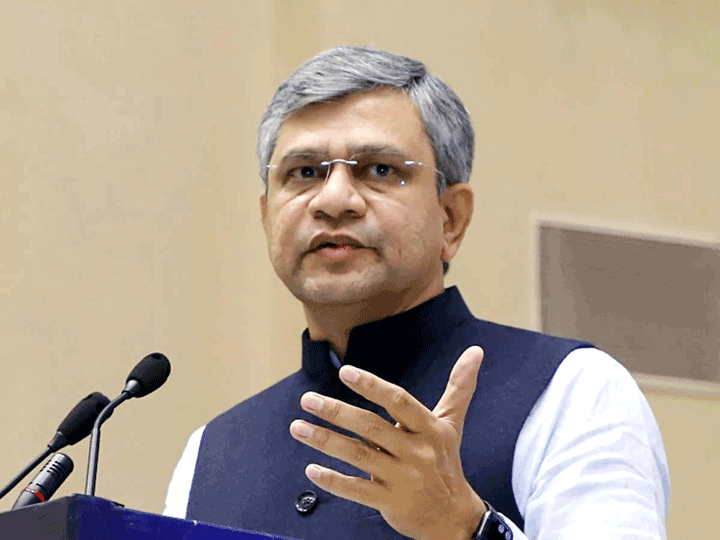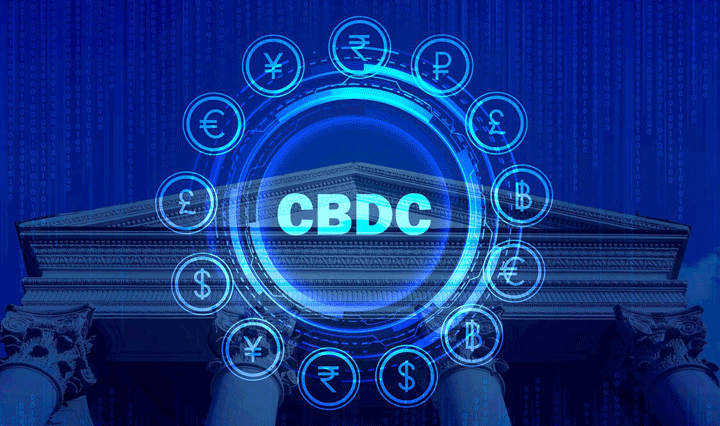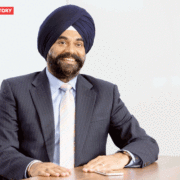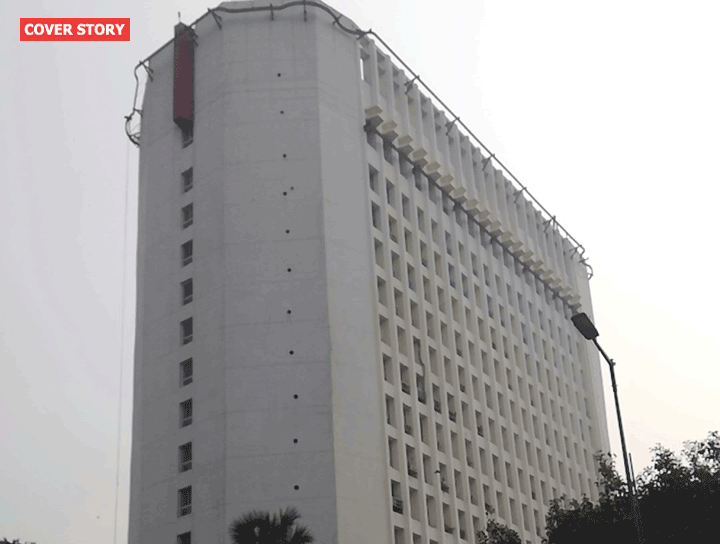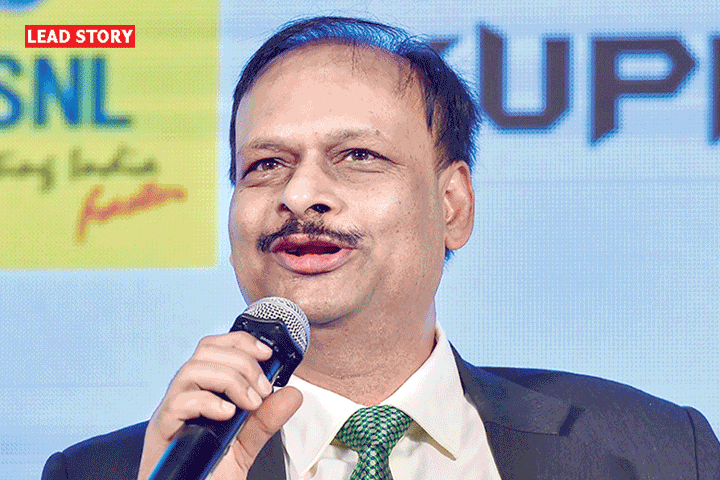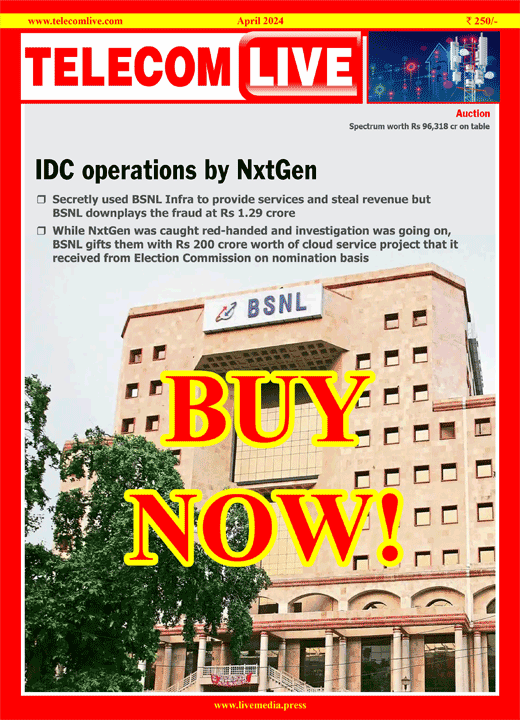220,000 homes have subscribed to cable-broadband combo service: GTPL Hathway
Cable TV and broadband service provider GTPL Hathway has 220,000 subscribers who are using a combo of cable TV and broadband services offered by the company.
As reported earlier, GTPL’s goal is to convert all its cable TV households into FTTX households. In the previous fiscal, the company had relaunched its GTPL Giga HD service, a dual service package that combines cable and broadband services under a single package in the price range of Rs. 499 to Rs. 799.
“We have identified around 220k subscribers who are using both our services and we are giving them as a special service, special assistance and everything is going on. But right now, the two businesses are distinct,” GTPL Hathway head cable TV business and chief strategy officer Piyush Pankaj told analysts during Q3 earnings conference call.
GTPL Hathway MD Anirudhsinh Jadeja said that the company and Reliance Jio are exploiting synergies in network infrastructure. Reliance Industries has acquired a majority stake in Hathway Cable and Datacom, which owns a 37.5% stake in GTPL Hathway.
“So, it is our privilege now Jio is also our partner. There is no competition in the market and wherever we are in common, we are complementing each other. And after Jio partnership, there is a lot of synergies happening in network infrastructures also, where our business is becoming stable because of mutual support,” Jadeja stated.
Pankaj noted that the total Capex for Q3 FY20 and 9M FY20 stands at Rs. 36 crore and Rs. 122 crore respectively. In Q3, the company spent Rs. 13 crore on broadband and Rs. 23 crore into the cable TV business. During the nine-month period, the company’s Capex in broadband is Rs. 43 crore and Rs. 79 crore on cable TV. The company plans to spend Rs. 160 – 165 crore on Capex in FY20. The company is left with Rs. 40 crore of Capex for Q4.
Queried about the impact of NTO 2.0, GTPL Hathway chairman and non-executive director Rajan Gupta said that the NTO 2.0 is an extension of NTO 1.0. He further stated that the Telecom Regulatory Authority of India (TRAI) has made minor changes to the NTO. He expects the business model to remain stable.
“I mean, there is NCF for Rs. 160 in the new NTO and there is NCF Rs. 130 in the earlier NTO plus we could charge additional Rs. 20 for every additional 25 channels, so broadly speaking, from a short-term perspective, they are more or less similar kind of thing. So, NCF has a big portion of earning. That is something which is more or less protected while one can debate on what kind of future impact it will have after 3 years, after 5 years, but from a short-term perspective that is protected,” he stated.
Gupta said that the distribution platform operators (DPOs) have the ability to charge Rs. 30 more in case market forces allow it to charge. “GTPL by virtue of its high market share in many territories should have the ability to charge higher and we are happy about the consumer. I think consumers will have more choices.”
He also said that DPOs with higher market share like GTPL should be able to make many more relevant bouquets for consumers. “For example, genre level bouquet, currently bouquets are limited to 5-6, which is more based on the ARPU slabs but probably there is need also to have very micro bouquets based on the genre, etc., so lot of that work with NTO 2.0, the kind of flexibility is there for DPO that should happen. I mean, this is not a full assessment on NTO, but overall, based on the initial assessment of the management of GTPL it seems to be, we should see a lot of stability in earnings and cash flow and other things continuing from here onwards.”
Gupta pointed out that the a-la-carte percentage varies from region to region. He stated that there are regions where a-la-carte is 10% while there are regions where a-la-carte is 60% for GTPL and many other DPOs.
“Frankly, we haven’t seen any major change in regional profitability based on a-la-carte versus bouquet. For example, each of the regions has a much higher a-la-carte for every DPO but profitability for that region remains quite intact. In fact, in many cases, the results are published, so that itself indicates that.”
In response to a question on average revenue per user (APRU), Pankaj said that it is too early to speak about the likely ARPU in NTO 2.0. “In NTO 1.0, if you see this quarter, our ARPU has stood at around Rs. 118 and we are expecting that it will go up in quarter 4. We have gone down by Rs. 1-Rs. 1.50 because of the festive offer given by the broadcasters. We are expecting that in quarter 4, it will go up as the festive offer is over. Right now, we have to wait to see what new bouquets, new channel prices come from the broadcasters in NTO 2.0 and only after the assessment, we can comment on NTO 2.0 ARPU.”
As per the NTO, the multi-system operator (MSO) can charge a network capacity fee of up to 55% and LCO can be at 45%. However, GTPL is taking only 30% of the revenue. This gives it room to increase revenue share by another 25%. “So there you can see that our ARPU will increase in the next 2 to 3 years.”


